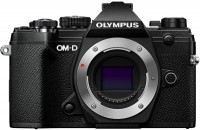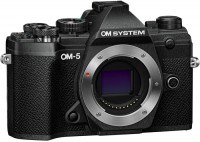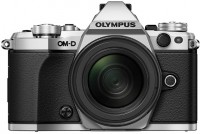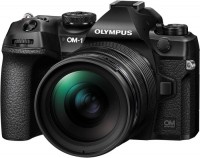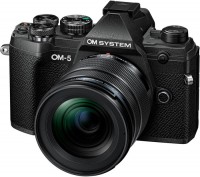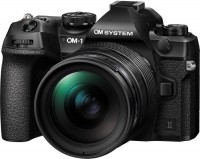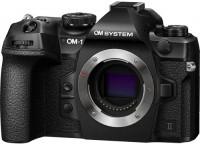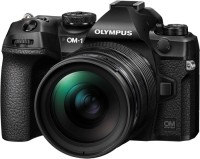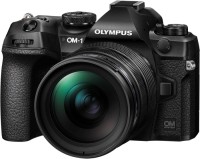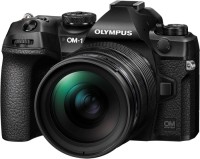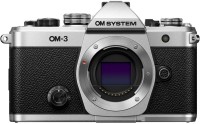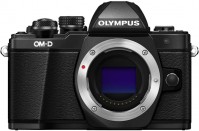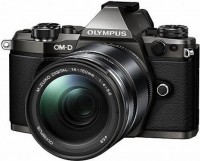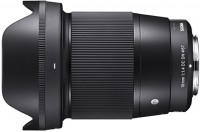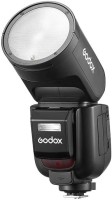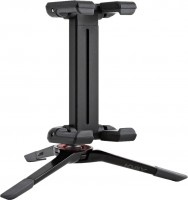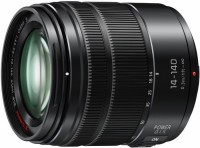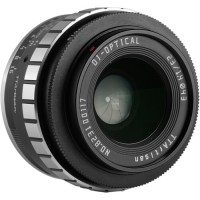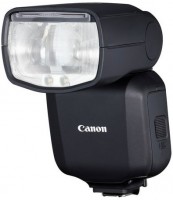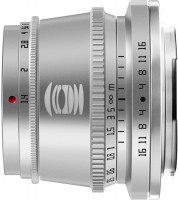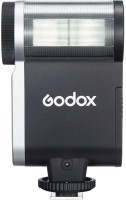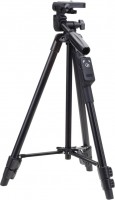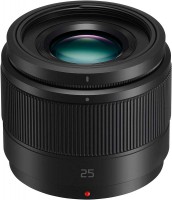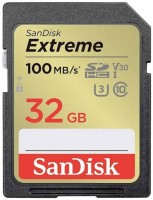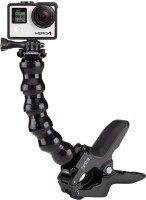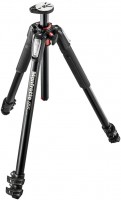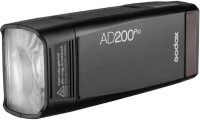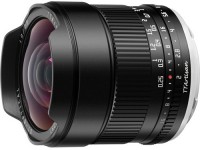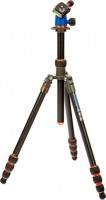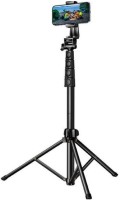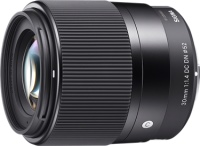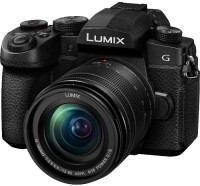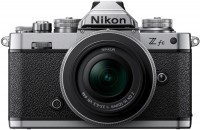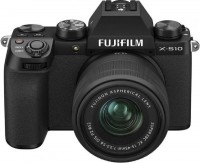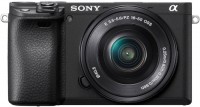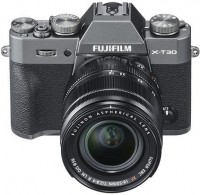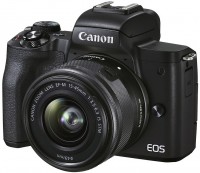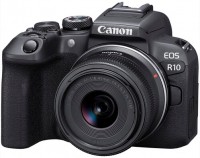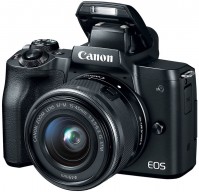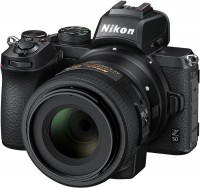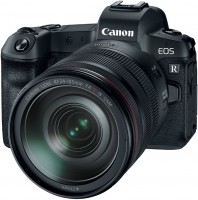Olympus OM-D E-M10 III kit 14-42
 | £940.00 Buy! Olympus OM-D E-M10 Mark III Kit Micro Four Thirds System Camera 16 Megapixel 5-Axis Image Stabilisation Electronic ViewfindeAmazon.co.ukDelivery: to United Kingdom Report |
The third appearance to the public of the most affordable mirrorless from the top OM-D line, under the remarkable retro “wrapper” of which a lot of modern technologies are hidden. These include, for example, a 5-axis matrix image stabilization system that allows you to compensate for up to 5 stops of exposure when shooting handheld in low light conditions. It also assists the operator in video shooting — videos are recorded by the camera in resolution up to 3840x2160 pixels (with a frame rate of up to 30 fps).
You can change the focus point in the process of shooting by tapping on the touch screen (the choice between 121 points), which also can tilt up and down. Of course, the viewfinder was not without it — the Olympus OM-D E-M10 III kit 14-42 has a large one and displays a high-resolution image (1024x768 pixels). The mirrorless “shoots” a series of frames at a speed of 8 fps, and the charge of the battery used in it is enough for about 330 shots. This delivery option provides a kit zoom lens (14-42 mm with f / 3.5-5.6 aperture).
|
| ||||||||||||||||||||||||||||||||||||||||||||||||||||||||||||||||||||||||||||||||||||||||||||||||||||||||||||||||||||||||||||||||||||||||||||||||||||||||||||||||||||||||||||
Always clarify the specifications and configuration of the product with the online store manager before purchasing.
Catalog Olympus 2025 - new arrivals, bestsellers, and the most relevant models Olympus.
The third generation E-M10 marks the start of Olympus' advanced OM-D series of mirrorless cameras. It combines a little bit of everything from entry-level to mid-range cameras under its wing.
Performance Boost
The camera is based on a 16 MP Micro 4/3 sensor with a double crop, which is flavored with a powerful TruePic VIII graphics processor. The result of the introduction of a new image processing chip was a performance boost on all fronts. The model learned to draw a less quiet picture at high ISO (over 3200 units), and the updated processor also opened the doors to the world of high-resolution video production in front of the mirrorless camera.
Built-in stabilization
The footage is captured on camera in 4K resolution at 30 fps, while the operator has access to the benefits of 5-axis image stabilization. The matrix stub eliminates hand shaking during photo and video shooting, at the same time providing a gain of up to 5 exposure steps. In many situations, it is now possible to get clear shots at “second” shutter speeds without the notorious tripod. And most importantly, the stub works in conjunction with any optics, regardless of whether it is equipped with its own stabilization system.
Reasons for pride
In addition, the camera increased the rate of fire (8.6 fps) and added focus points (up to 121 pcs.). But the screen on an inclined hinge and the electronic viewfinder went to the mirrorless camera by inheritance from the previous generation in the face of the Olympus OM-D E-M10 II. A separate reason for pride is a capacious buffer — when using a high-speed SD flash drive, the camera clicks a series of frames in JPEG until the memory card runs out of free space. As a bonus, model owners get access to a huge fleet of optics for the Micro 4/3 system, where there are solutions for every taste and low-cost.



